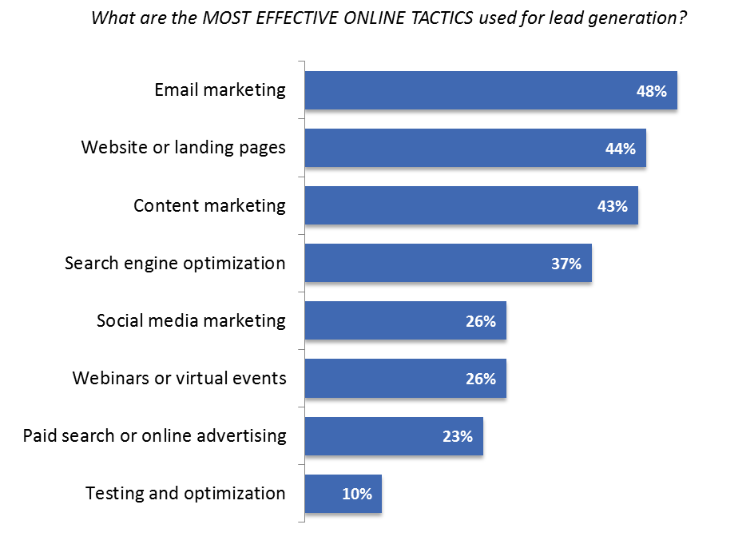
B2B lead generation may seem easy, but in reality, it can feel like trying to eat a slice of pizza with a fork and knife – it’s possible but frustrating!
The B2B lead generation journey requires you to struggle with savvy buyers and fierce competition, all while customizing your approach to fit your organization, industry, product/service, and audience.
That said, it is absolutely doable if you know the right strategies.
Sure, some agencies rely solely on referrals for lead generation, but that’s quite risky. You never know when your referrals will dry up. So, It’s time to diversify and explore multiple lead generation sources, no matter what you’re offering.
From website maintenance services to full-scale development solutions, I’ve got you covered with some awesome lead-generation strategies.
So buckle up. It’s time to attract potential clients and turn them into brand advocates – shouting your praises to anyone who will listen.
B2B lead generation is critical for businesses that sell to other businesses. But don’t confuse it with B2C, which is all about selling to consumers. seo agency in Nigeria
B2B involves attracting potential customers who are a good fit for your products or services and have the potential to become buyers. seo agency in abuja
To get started, gather information about potential customers through SEO, email marketing, and social media.
Once you’ve snagged a lead by capturing their information, it’s time to guide them through the sales funnel. Target campaigns to their demographics and interests and showcase how your business can provide a customized solution.
With these strategies, you can turn leads into buyers and grow your business.
B2B lead generation is critical for business success and impacts both sales and marketing teams. Without a solid lead generation strategy, there would be no leads, conversions, or customers.
https://ng.ocubedigital.com/ https://sites.google.com/view/digitalmarketing-nigeria/
A strong lead generation strategy helps businesses identify their ideal customers, increase brand visibility, gather accurate contact information, and ultimately increase revenue. It also provides valuable insights for marketing reps, sales reps, and SDRs.
Here are some statistics highlighting the importance of B2B lead generation:
Exploring multiple B2B lead generation strategies can help you take your business to the next level. If you have struggled with clients lately, consider exploring multiple lead-generation channels to get more clients.
Display our partnership badge, enjoy dedicated technical support, earn clients’ trust, and get featured in exclusive interviews, case studies, and more.
Customizing your approach to your industry, product, and target audience is crucial for generating more sales. Relying on only one or two B2B lead generation strategies is insufficient. To succeed, experiment and continuously learn by testing various strategies. Here are some proven B2B lead generation strategies to consider. https://ng.ocubedigital.com/seo-company-in-lagos/
Email marketing is among the most effective B2B lead generation strategies, and it’s still going strong even in the age of social media. If you aren’t working on building an email list and actively nurturing your prospects, you are leaving money on the table. With over 4 billion email users worldwide and projected growth to 4.6 billion by 2025, you can not ignore this channel.

Source: Neil Patel
Email marketing’s success lies in reaching the right audience with relevant content. Buying email lists is not recommended. Before designing an email marketing strategy, it’s important to understand the email marketing conversion rate.
Measuring email conversion rate is crucial to determine email marketing effectiveness. The average email conversion rate ranges from 1.32% to 1.63% from 2016 to 2021. The highest conversion rate was in 2021 at 8.87%, dropping to its lowest at 8.17% in 2022, according to Barilliance.
Despite this, email marketing is widely known for having high conversion rates. With that in mind, let’s explore some strategies to generate leads through email marketing.
When designing an email campaign, focus on the reader’s perspective by keeping it clear and concise. Avoid large chunks of text and stick to the point by creating an overarching theme or topic of focus.
Example: Asana provides a great example of a concise B2B email that prompts action on its project management platform. This type of email can serve as either a welcome or reactivation message.
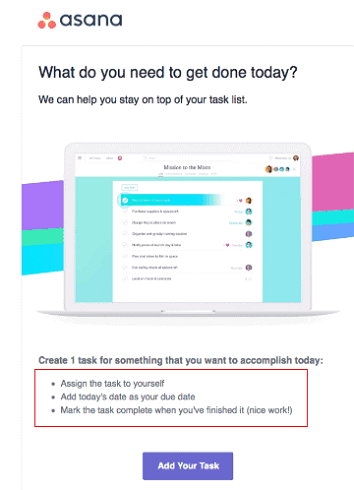
Source: Asana
Your email’s subject line is the first impression that recipients see in their inbox, and it influences their decision to engage or not. Research shows that 47% of recipients open an email based on its subject line, while 69% consider an email, spam, based on its subject line alone.
Crafting an accurate subject line representing your email’s content can make a difference in open rates and overall success. For example, a subject line for an email about web design tools could be:
“Find Out The Best Web Design Tools that Agencies are Using.”
Here are a few examples of great subject lines:
Segmenting your email list helps deliver more relevant content.
For example, a product marketing manager may require a different approach than a CEO, as they have different priorities in the business. Therefore, segmenting based on criteria like job title, industry, location, or company size is important to increase revenue and not miss out on potential profits.
https://ng.ocubedigital.com/ https://sites.google.com/view/digitalmarketing-nigeria/
Automated email workflows are effective for nurturing leads and customers in B2B organizations with long sales cycles. They save time and complement the work of sales teams by establishing rapport with leads and cultivating relationships with customers. Specific triggers ensure timely and relevant emails are sent to subscribers.
These triggers may include actions such as:
Popups can be an effective marketing tool, especially when personalized. However, using them carefully is important, as customers prefer to be guided rather than blocked. Using multiple popups can harm customer relationships. Instead, focus on building strong relationships to increase sign-ups, conversions, and sales.
I guess what I’m trying to say is, Exit-intent popups can be used, but website redesign should be considered first if the conversion rate of an exit-intent popup is higher than that of the website.
Take a look at this exit-intent popup:
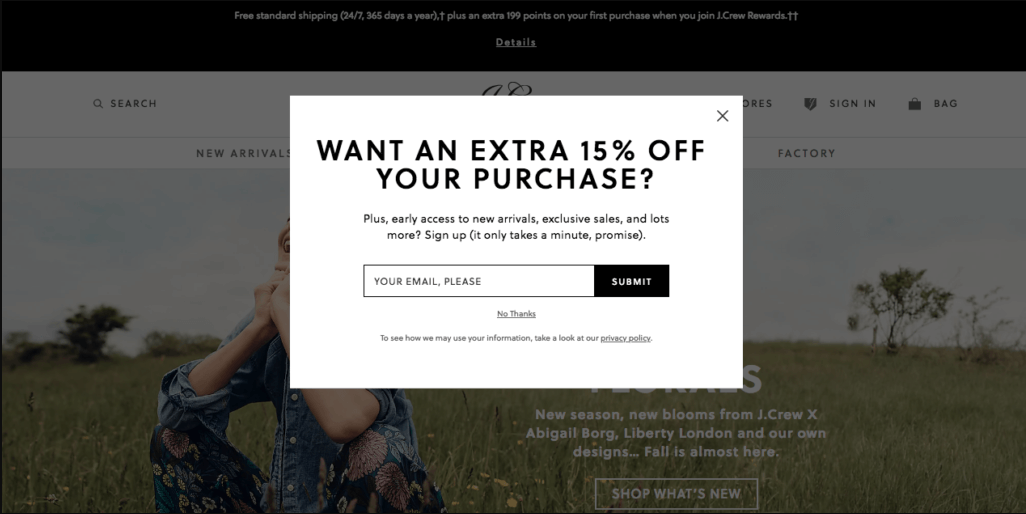
Source: J.Crew
Alternatively, a slide-in opt-in may be a more middle-ground approach. While it may not be as effective as a popup, it can still work well and is easy to configure, not to annoy readers.
For example, Georg Jensen Damask uses a slide-in opt-in on their product pages to collect email addresses for a giveaway.
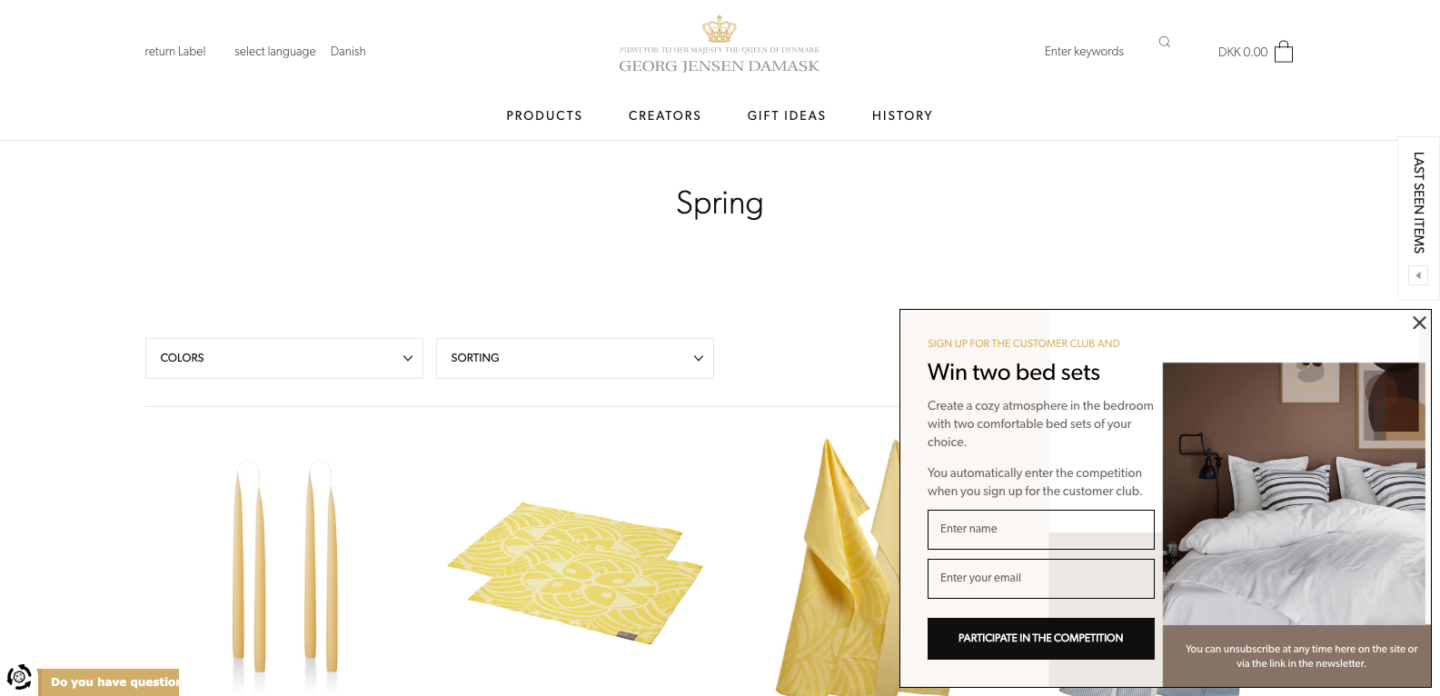
Source: Georg Jensen Damask
Overall, while popups can be a valuable marketing tool, it’s crucial to implement them thoughtfully and strategically that prioritizes the user experience.
Including a clear call-to-action (CTA) is essential in email marketing. The CTA should tell readers what to do next, such as “Get Your Discount Now!” or “50% Off If You Buy Today!”.
The CTA’s placement depends on the purpose of the email. If the offer needs an explanation, placing it at the email’s end is best.
The size of the button should be appropriate, and it should complement the overall design of the email.
Birchbox’s email is an example of a well-placed CTA.

Source: Birchbox

Nathan Hughes, Marketing Director at Diggity Marketing, was facing a conundrum. Their email open rate was around 4-5% and dwindling. They sent monthly newsletters with links to a few niche-related blog posts. Naturally, that wasn’t enough.
The Solution – Survey Forms on LinkedIn
Nathan and his team’s email campaign did not include a call to action. It only linked back to their website. So, they started a lead generation campaign and personalized each email for their clients.
How’d They Get That Information?
Through a survey form that they posted on LinkedIn! Each week, they would send emails to 20 people simultaneously using personalized information.
The Results – 27% Increase in Leads Generated!
The personalized email campaign, with a dedicated call-to-action and specific product links, resulted in a windfall of leads. Their email open rates shot up to around +27% as a result.
Content marketing is an effective B2B lead generation channel. By creating quality content and distributing it through various channels, you can increase conversions and sign-ups.
In fact, 91% of B2B marketers use content to generate leads, according to the Content Marketing Institute. Additionally, content is a crucial element of high-converting landing pages.
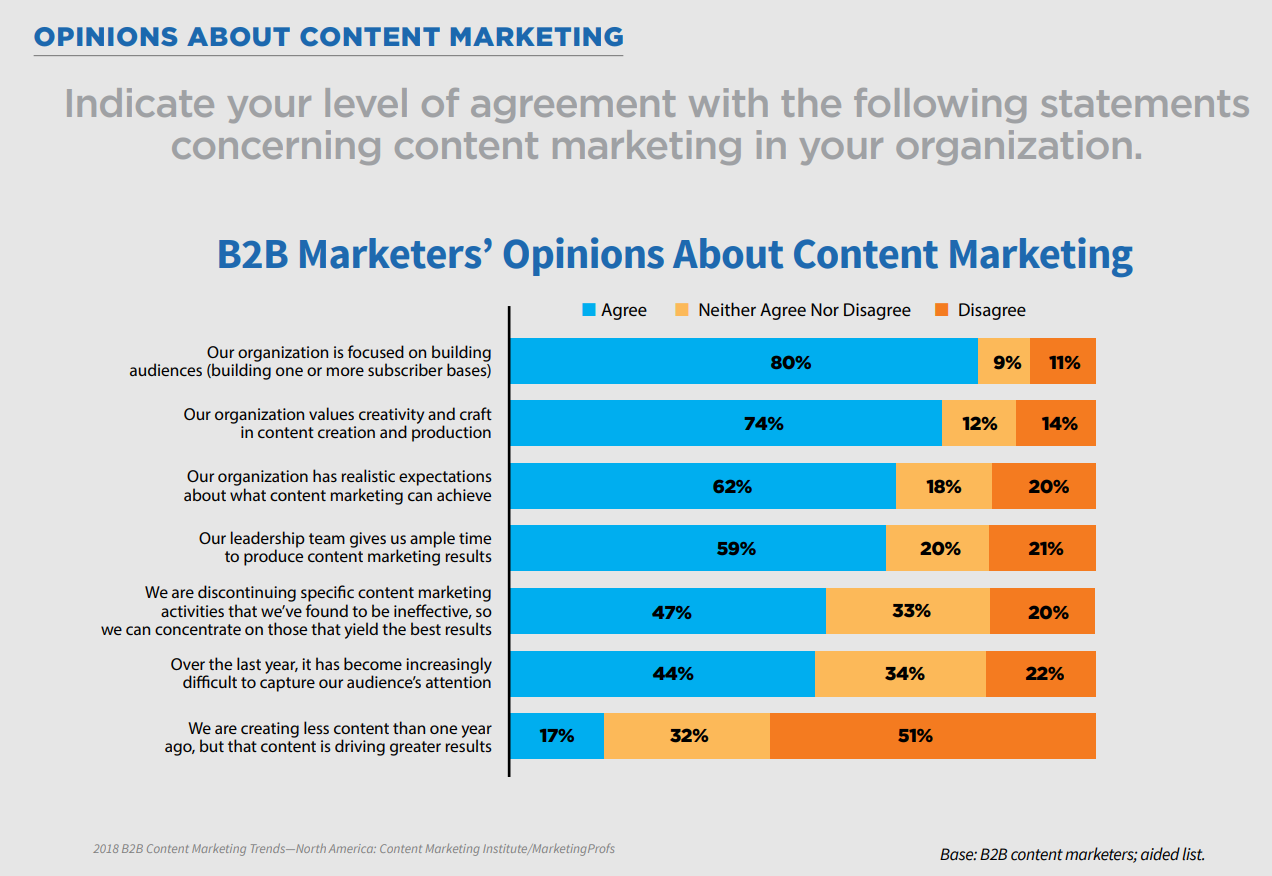
Source: Content Marketing Institute (CMI)
The image above clearly indicates the growing consensus among B2B marketers that content optimization and marketing are essential for generating leads.
Use videos, blogs, and images to attract potential customers. Product videos are preferred by 72% of potential customers, so you must consider using them. Your content formats should align with your marketing objectives for optimal results. Remember, uninteresting content will not retain visitors or interest in your products/services.
So all in, content marketing is a powerful tool to generate leads. But what’s the conversion rate like?
Let’s check that out, shall we?
The typical conversion rate for B2B content marketing campaigns ranges from 0.8% to 1.1%. Google is a major source of website traffic, with the top five search results receiving 67% of clicks. Achieving top 5 positions for at least six transactional keywords can lead to a minimum of 15% increase in organic traffic over six months. Blogs are crucial in content marketing strategies, and tracking their conversion rates is essential for determining ROI.
Now that you know how effective content marketing can be, let’s see how you can make your content, no matter the type – finger-lickin’ good!

Source: KFC
Understanding search intent is crucial to optimize a website for organic traffic from popular search engines. For users seeking quick answers, focus on educating them and establishing your website as an authority. An authoritative website is more likely to attract return visitors who will convert later.
Here’s an example of informational search intent:
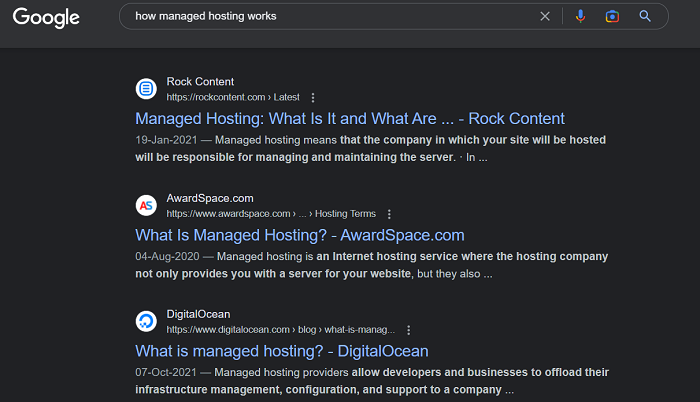
Another search intent is comparative intent, where users compare products or services to find the best option. They are in the middle stage, evaluating whether they need a product or service and looking for better alternatives. They’re close to making a purchase, but not quite there yet.
Here’s an example of informational comparative intent:
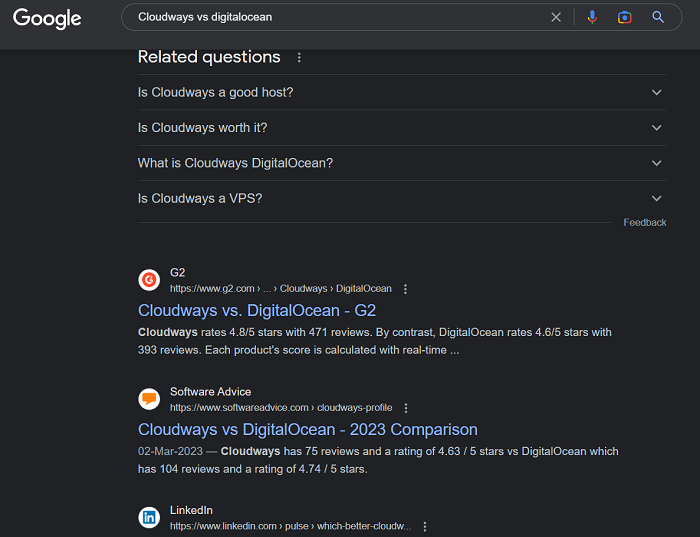
Lastly, there are people with transactional search intent. They are primed to buy – just need a nudge in the right direction.
Here’s an example of transactional search intent:
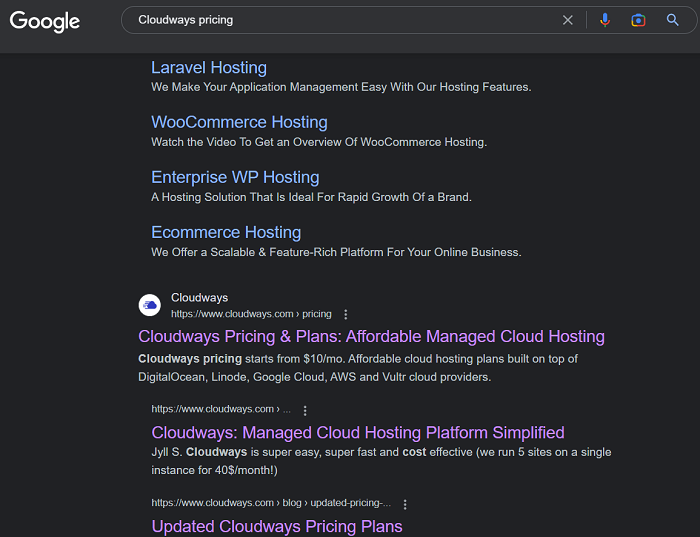
Matching search intent to queries is critical before you start writing. It’s one of the simplest B2B lead generation ideas.